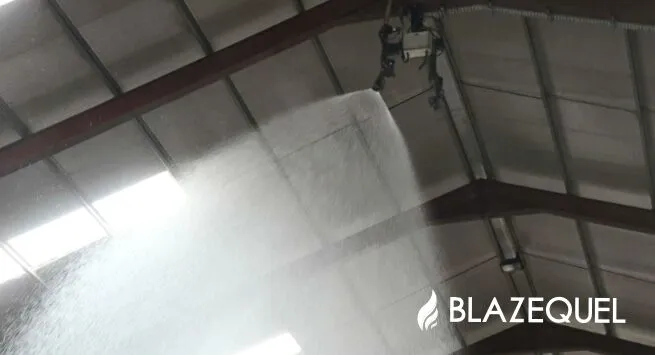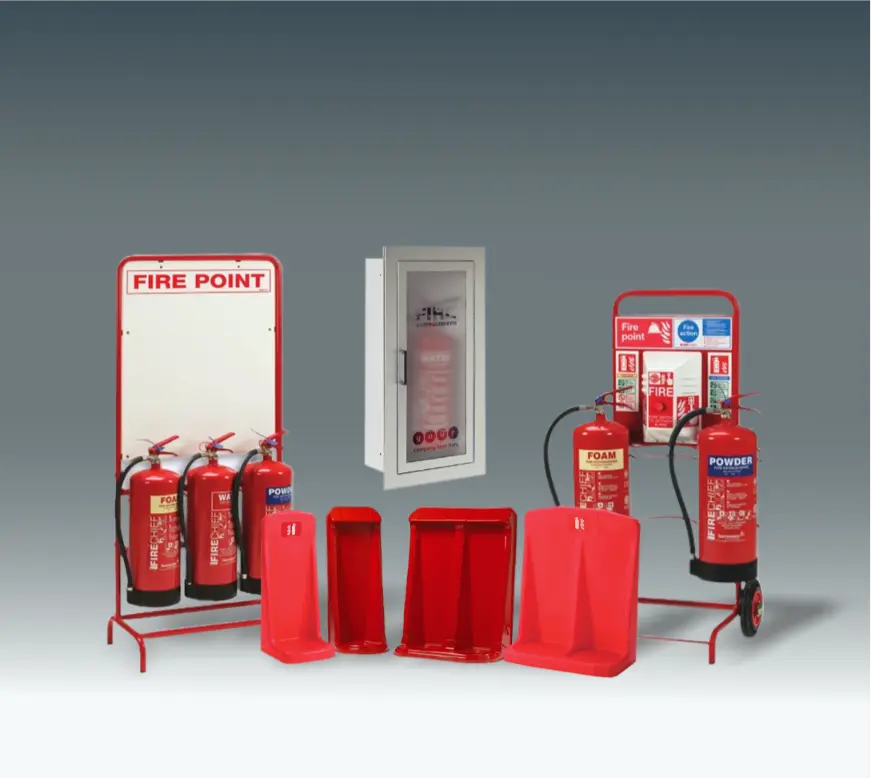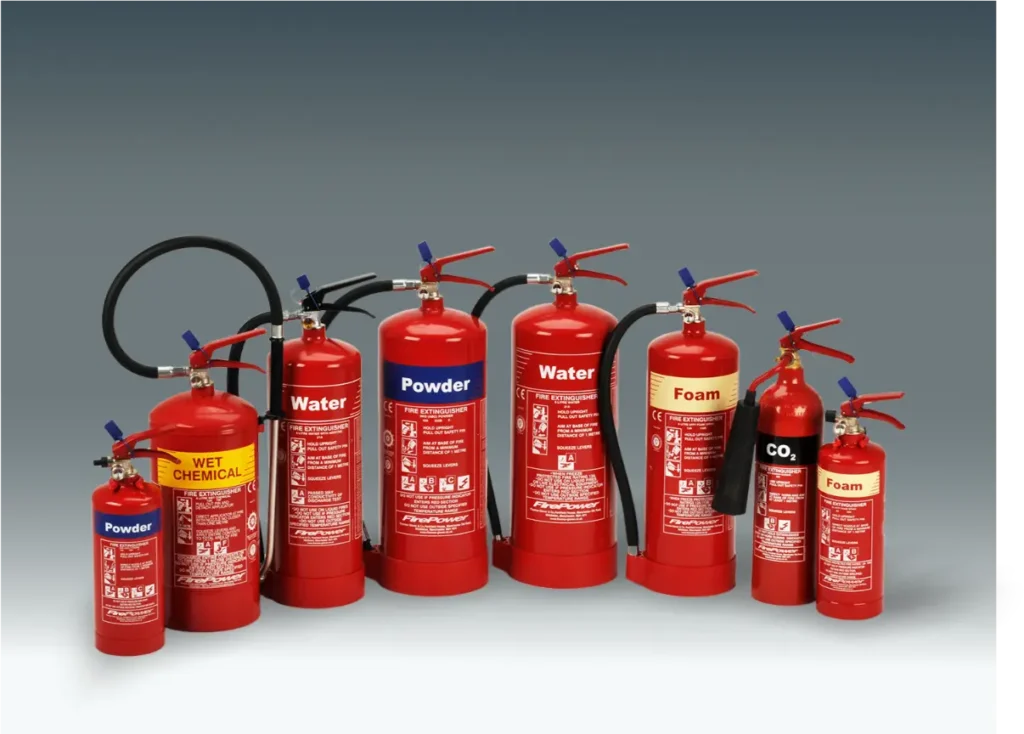
Fire Rover Cannon System
Fire Rover is the world’s only proactive fire prevention system that detects and extinguishes fires via a remote human operator.
Reliable water access for effective firefighting operations
Fire hydrants are installed as a means for the fire brigade to connect their hoses to provide a water supply that the fire tender can then use to extinguish a fire.
A fire hydrant is an essential component of any fire protection system. It provides firefighters with immediate access to a pressurized water source—typically via a municipal water main—allowing them to connect hoses and quickly tackle fires. Hydrants are a crucial safety tool for commercial, industrial, and residential properties alike
Hydrants are connected to underground water mains and activated by turning a valve using a special hydrant wrench. Once opened, water flows from the main into the hydrant outlet, where hoses can be attached and used to suppress fires efficiently.
Fire hydrants are often colour-coded to indicate specific information such as available water flow rates or pressure levels. While the colours can vary by region, common standards include:
Understanding these colours helps firefighters select the best hydrant during an emergency.
Hydrants improve the accessibility of water for use by the fire service during active fire emergencies. Whether you’re safeguarding a warehouse, commercial site, or public facility, a properly installed and accessible hydrant system ensures:
Blazequel offers a comprehensive range of fire hydrant systems and installation services to protect your property.
Are you looking to upgrade or install new hydrant systems? Our fire safety experts are here to help. Reach out today to learn more about how Blazequel can support your fire protection strategy
Most hydrants are inspected annually by local authorities or site management. Regular maintenance ensures proper water pressure, functionality, and compliance with legal standards.
Fire hydrants can feature multiple outlets with varying nozzle diameters to suit different hose sizes and flow requirements, making them adaptable for different fire scenarios.
Water pressure is regulated by the local water supply. In some systems, pressure-reducing valves are used to ensure safe and consistent flow rates during use
No. Hydrant use is restricted to trained personnel such as firefighters or utility workers. Unauthorized access can lead to fines and safety hazards.
Cap colours often signify water flow rates or ownership (public vs. private). For example, a blue cap may indicate a flow rate above 1,500 GPM, ideal for high-risk zones.
Hydrants are generally buried 3–4 feet deep to prevent freezing and ensure reliable year-round operation.
Yes. Blazequel can support hydrant relocation or installation. However, this usually requires approval from local authorities and a site assessment to ensure proper placement and performance.
Don’t hesitate to reach out to us, or you can easily fill out the form below. We’re here to assist you.


Fire Rover is the world’s only proactive fire prevention system that detects and extinguishes fires via a remote human operator.

savex, rationally moulded, composite, tabular steel, circular based stainless stand

it’s essential to match your fire extinguishers to your unique needs.